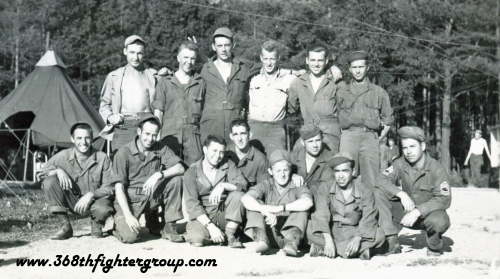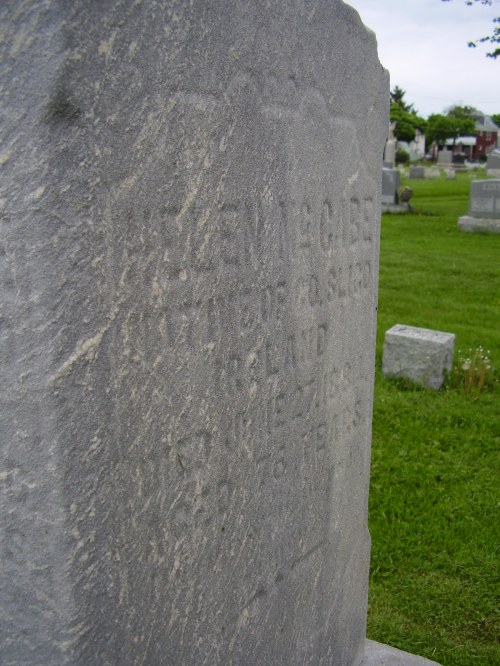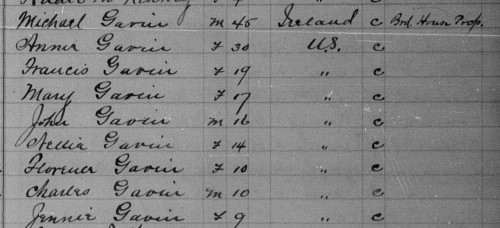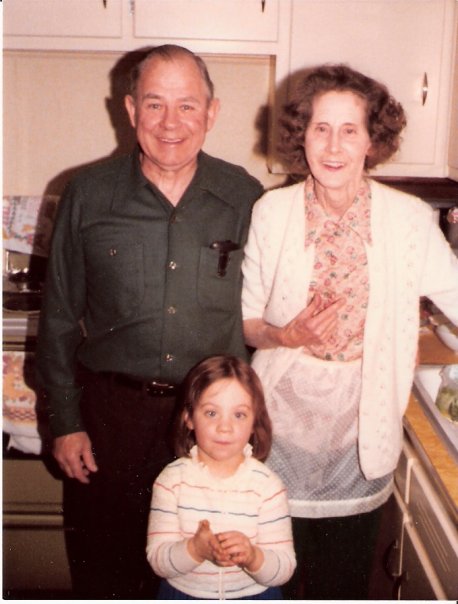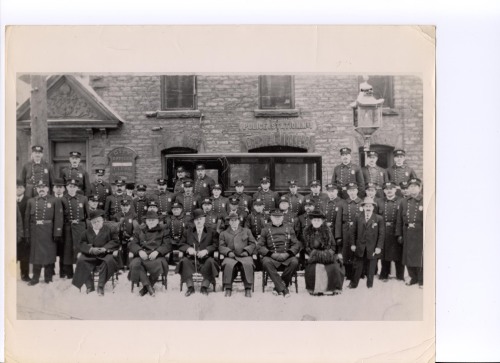As the outreach coordinator for a museum, I spend a lot of my time thinking of ways to make our museum and the stories we tell accessible to our visitors. The process by which a museum’s knowledge base is transmitted to the general public is called “interpretation.” This can be accomplished in a visual, auditory, or tactile fashion, and the best museums employ all three to varying degrees.
When we work on genealogy, we are both museum and visitor. We possess all this raw information and have to interpret it ourselves, FOR ourselves. I try to use my own experiences to enhance my understanding of my ancestors, but I sometimes I need outside help. Because I’m an unabashed bookworm, I often turn to historical fiction to help me fill in the gaps.
I have an uneasy relationsip with historical fiction. As one who has received degrees in the study of history, I fully appreciate how difficult it is to understand a past event relying on the sources available. Additionally, our own life experiences color our perception and comprehension of historical events. The “TRUTH,” if there even is such a cut-and-dried concept, is desperately hard to pin down. The harder we look at it, the blurrier it becomes. Historical fiction takes history that extra step towards speculation as an author uses his or her own imagination to flesh out events, or characters’ mindsets. But there’s a bravery there that appeals to me, a willingness to open one’s mind to the possibility of being completely and utterly wrong about history–or perhaps being more right than anyone could know. Authors often take risks in interpretation that historians wouldn’t dare. I admire that courage.
At the moment I am reading Kevin Baker’s historical novel Paradise Alley, set in New York City during the Civil War. Most of the characters are Irish immigrants who came to America in the wake of the Famine. As this was my family’s experience as well (though they didn’t end up in New York City), I have been reading Mr. Baker’s interpretation of souls damaged irreparably by the gross trauma of the Famine with morbid interest. His description, flashback-style, of a family’s slow death by starvation and fever in a ruined cottage on the Burren is vivid to the point of gruesomeness and since I read it I have been haunted by it. Was this what my family was fleeing from? Was it like this, truly like this?
In the end, I suppose it really doesn’t matter how pitch-perfect and accurate Mr. Baker’s descriptions are. What matters to me is that his book is making my ancestors real to me in ways I might not have though of on my own. He could be right or wrong, or perhaps somewhere in between, but his book is making me think. It is making me think hard about history and how it was lived out by real people–real people who, though they didn’t know it then, were day by day, slowly creating me.
